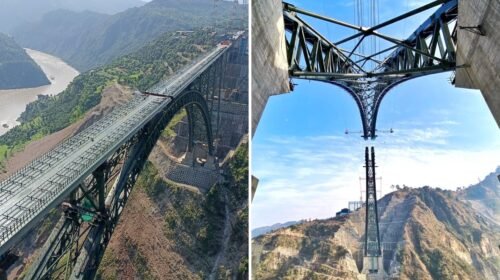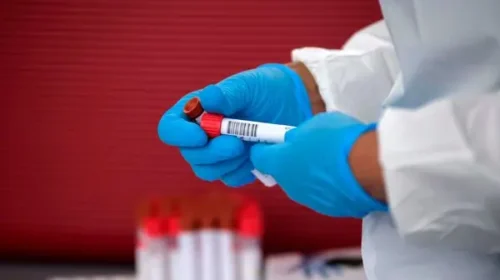For the first time, the annual ritual of changing Kiswah (Ghilaf-e-Kaaba) will take place on the first of Muharram, Saturday.
Muharram marks the beginning of the new Islamic year.
Generally the new Kiswah is draped on the Holy Kaaba on 9 Zul Hijjah (i.e) the Day of Arafat every year.
General Presidency for the Affairs of the Two Holy Mosques announced Kiswa will be replaced on Saturday to coincide with the beginning of the new Islamic year.
The presidency said 166 technicians and craftsmen will take part in the annual custom under the supervision of the head of the presidency Sheikh Abdulrahman Al-Sudais.
| Install Our App | DOWNLOAD |
| Join Telegram Channel | JOIN NOW |
| Join Facebook Group | JOIN NOW |
| Subscribe YouTube Channel | SUBSCRIBE |
| Follow On Twitter | FOLLOW |
| Follow On Instagram | FOLLOW |
Al-Sudais highlighted the great care that the Saudi leadership takes to maintain the Kaaba.
Around 200 craftsmen and administrators work at the King Abdulaziz Complex for Holy Kaaba Kiswa in different sections including departments that deal with dyeing and automatic weaving, manual weaving, printing, sewing and assembly, and the belt and gold section of the Kaaba.
The sewing department houses the longest sewing machine in the world that has a length of 16 meters and operates with a computer system.
The Kiswa is made with about 670 kilograms of raw silk which is dyed black at the complex, 120 kilograms of gold wire, and 100 kilograms of silver wire.
The upper third of it is a belt 95 centimeters wide and 47 meters long. Under the belt, there are Qur’anic verses written, each of them within a separate frame, and in the intervals between them there is a shape of a lamp on which is written “O live, O Qayyum,” “Oh, Most Merciful, O Most merciful.” “Praise be to God, Lord of the Worlds.”
In preparation for the Haj season every year, the authorities in Makkah raised the Kiswah (Ghilaf-e-Kaaba), the cloth that drapes the Kaaba by three metres, and covered the raised part with a two-metre-wide white cotton cloth (Ihram) on all four sides, an annual custom.
It is carried out as a precautionary measure to protect the Kiswah because pilgrims who touch or hold on to it during tawaf (circumambulation of the Kaaba) can damage the fine material in the process.
An approximate — million riyals have been spent on the preparation of the Ghilaf-e-Kaaba by dozens of weaving experts at a special factory exclusively devoted to the manufacture of the Kiswah.












